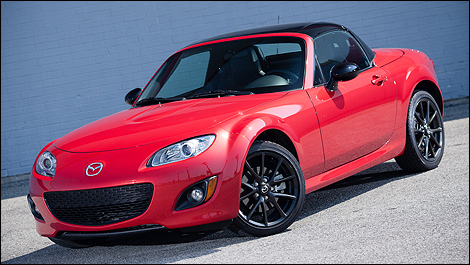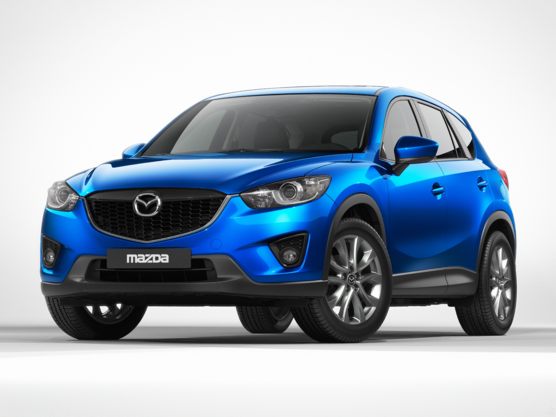Lionel Messi was born Luis Lionel Andres Messi on June 24, 1987, in Rosario, Argentina.At the age of 8, he was recruited to join the youth system of Newell's Old Boys, a Rosario-based club.Messi was eventually suffering from a hormone deficiency that restricted his growth.
Messi's parents decided on a regimen of nightly growth-hormone injections for their son, though it soon proved impossible to pay several hundred dollars per month for the medication. So, at the age of 13, when Messi was offered the chance to train at soccer powerhouse FC Barcelona's youth academy, La Masia, and have his medical bills covered by the team.
Messi moved quickly through the junior system ranks, and by the age of 16, he had made his first appearance for Barcelona. Messi put himself in the record books on May 1, 2005, as the youngest player to ever score a goal for the franchise. That same year, he led Argentina to the title in the under-20 World Cup, scoring on a pair of penalty kicks to propel the team over Nigeria.
Messi eventually grew to 5 feet and 7 inches, and with his short stature, speed and relentless attacking style, he drew comparisons to another famous Argentinean footballer: Diego Maradona. Messi steered Barcelona to a wealth of success, most notably in 2009, when the left-footer's team captured the Champions League, La Liga, and Spanish Super Cup titles. That same year, after two consecutive runner-up finishes, he took home his first FIFA "World Player of the Year" honor/Ballon d'Or award.Leading Barcelona to La Liga and Spanish Super Cup championships in 2010 and 2011, as well as the '11 Champions League title.
Messi embarked on an all-out assault on the record books in 2012. He became the first player to score five goals in a Champions League match in early March, and a few weeks later he surpassed Cesar Rodriguez's club-record 232 goals to become Barcelona's all-time leading scorer. By the end of 2012, Messi had accumulated an astounding 91 goals in club and international play.
He is a living legend with 4 Ballon d'Ors & 2 golden boots just at the age of 26...Haters Keeping Hating.




































.jpg)















